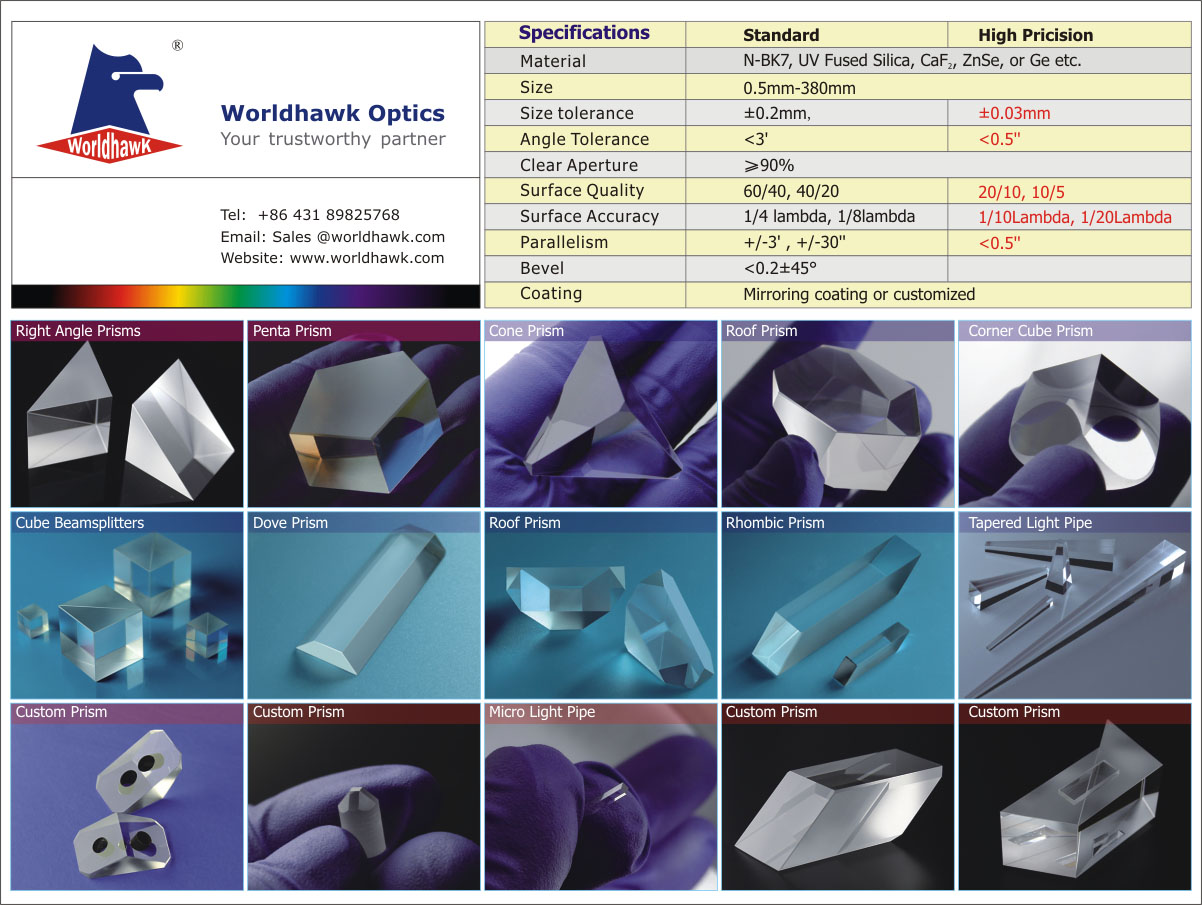Rat osteoprotegerin (OPG) ELISA kit
principle
This experiment used double antibody sandwich ABC-ELISA. The anti-rat OPG monoclonal antibody was coated on the plate, the OPG of the standard and the sample was combined with the monoclonal antibody, and biotinylated anti-rat OPG was added to form an immune complex attached to the plate, horseradish peroxidation. The enzyme-labeled Streptavidin is combined with biotin, and the substrate working solution is blue. Finally, the stop solution sulfuric acid is added, and the OD value is measured at 450 nm. The OPG concentration is directly proportional to the OD value, and the OPG in the specimen can be obtained by drawing a standard curve. concentration.
Kit composition ( 2-8 ° C preservation)
Coated Wells | 96 holes | Enzyme Conjugate | 12ml |
10× specimen dilution (Sample Buffer) | 12ml | 20×Wash Buffer | 50ml |
Standards: 1.2pmol/bottle | 2 bottles | Substrate working fluid (TMB Solution) | 12ml |
Primary antibody working solution (Biotinylated Antibody) | 12ml | Stop Solution | 12ml |
Prepare reagents and collect blood samples
1. Collect specimens: serum, plasma (EDTA), cell culture supernatant, tissue homogenate, etc., as soon as possible, store at 2-8 ° C for 48 hours; longer time must be frozen (-20 °C or -70 °C) Save to avoid repeated freezing and thawing.
2. Standard solution preparation: Add 2ml of distilled water before use and mix well to prepare 600pmol/L solution. Set the standard tube 8 tube, the first tube plus the standard dilution 900ul, the second to the eighth tube to add the sample dilution 500ul. Add 100 ul of standard solution of 600 pmol/L to the first tube, mix and aspirate 500 ul with a sampler, and transfer to a second tube. Repeat the dilution as described above, and remove 500 ul from the seventh tube and discard it. The eighth tube is a blank control.
3. The 10× specimen dilution was diluted 1:10 with distilled water (example: 1 ml concentrated dilution + 9 ml distilled water).
4. Washing solution: diluted 1:20 with distilled water (example: 1 ml concentrated washing solution added to 19 ml of distilled water)
Test procedure
1. Loading: Add 100 ul of standard or test sample (activated) to each well. Mix the reaction plate thoroughly and let it stand at 37 °C for 120 minutes.
2. Wash the plate: Wash the plate thoroughly with washing solution 4-6 times, and dry it on the filter paper.
3. Add 100 ul of the first antibody working solution to each well. The reaction plate was thoroughly mixed and placed at 37 ° C for 60 minutes.
4. Wash the board: the same as before.
5. Add 100 ul of enzyme-labeled antibody working solution per well. The reaction plate was placed at 37 ° C for 30 minutes.
6. Wash the board: same as before.
7. Add 100 ul of substrate working solution per well, set 37 The reaction was carried out in the dark at °C for 15 minutes.
8. Add 100 ul of stop solution to each well and mix.
9. Measure the absorbance at 450 nm using a microplate reader within 30 minutes.
Result calculation and judgment
1. All OD values ​​should be subtracted from the blank value before calculation.
2. With standard products 60, 30, 15, 7.5, 3.75, 1.86, 0.93, 0 pmol/L as the abscissa and OD as the ordinate, plot on the coordinate paper and draw the standard curve.
3. Find the corresponding OPG content on the graph based on the sample OD value.
Kit performance
1. Sensitivity: The minimum OPG detection concentration is less than 0.5 pmol/L, and 1 pmol/L = 58.82 pg/ml.
2. Specificity: Recombinant or natural rat OPG can be detected simultaneously. Does not cross-react with other cytokines in rats.
3. Repeatability: The coefficient of variation in the plate and plate is less than 8.9%.
Precautions
1. It is recommended to make double holes for the above standard holes and samples to be tested. The standard curve should be made at the same time for each measurement.
2. The washing process is critical. Insufficient washing will result in an accuracy error and an erroneous rise in the OD value.
3. After the slats are opened, the remaining slats should be sealed again to keep the slats dry .
4. This kit should be stored in a 4 o C refrigerator.
5. This kit is for scientific research only and cannot be used for clinical diagnosis!
Micro Prism
A prism is a polyhedron made of transparent materials (such as glass, crystal, etc.). It is widely used in optical instruments. Prisms can be divided into several types according to their properties and uses. For example, the "dispersion prism" that decomposes the composite light into the spectrum in a spectrometer is more commonly used is an equilateral prism; in a periscope, binocular telescope and other instruments, the direction of light is changed to adjust its imaging position. "Reflecting prisms" generally use right-angle prisms.
Worldhawk offers many types of high precision prisms including Right Angle Prisms, Dove Prisms, Panta Prisms, Roof Prisms , Beamsplitters, Wedge Prisms , Rhomboid Prisms, Corner Cube and Tapered Light Pipe Prism etc..,

Micro Prism,Micro Prism Lens,Optical Micro Prism,Micro Optical Prism
ChangChun Worldhawk Optics Co.,Ltd , https://www.worldhawk-optics.com
